The technologies behind both 3D printers and sensors have individually experienced substantial growth and advancement over the past several years.
.
As researchers have discovered the advantages associated with the integration of these two technologies, it is crucial for them to also consider the future challenges.
.
Introduction to Sensors
.
A sensor is defined as a device that can detect an event or change that occurs within a given environment. Information is then sent to a computer for data collection and analysis. Considerable advancements within the field of sensor technology have allowed these devices to become essential components of a number of industries, including aerospace, medicine, robotics and manufacturing. This widespread use is largely attributed to the numerous advantages associated with sensors, such as higher productivity, precision and sensitivity, as well as their flexibility to be used for different purposes.
Case Study: How PepsiCo achieved 96% cost savings on tooling with 3D Printing Technology
Above: PepsiCo food, snack, and beverage product line-up/Source: PepsiCo PepsiCo turned to tooling with 3D printing...



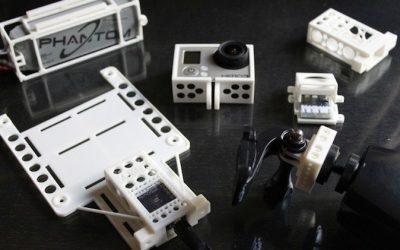

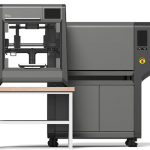
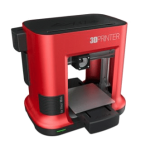
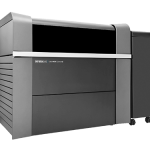
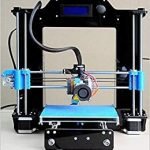
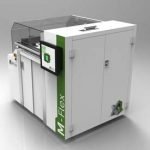
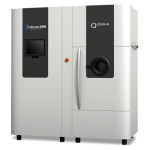
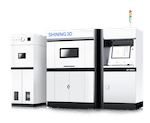
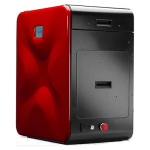
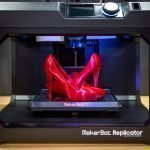
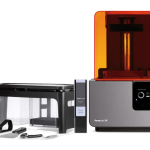


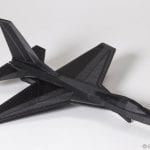
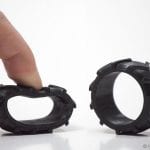
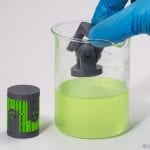
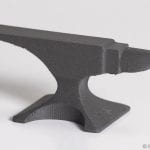
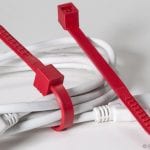


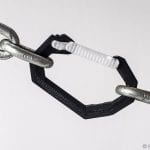
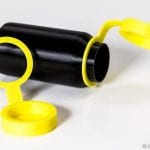




0 Comments